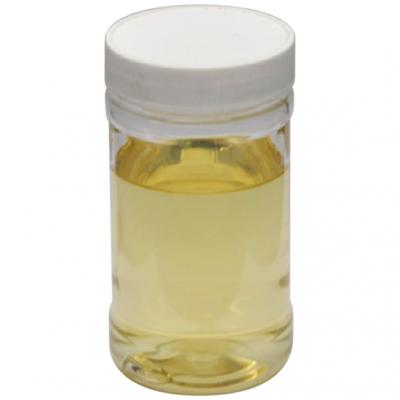It is the best way for our dyeing and finishing enterprises to achieve the goal of "energy saving, emission reduction, consumption reduction and high efficiency" to solve the color difference between the large and small samples of dyeing and improve the one-time success rate of lofting. From the aspects of pre-treatment of grey fabrics, reasonable selection of dyes and auxiliary agents and dyeing process, how to reduce the color difference of large and small samples in dyeing is discussed.
Ⅰ. Pretreatment dyeing auxiliaries for grey fabrics
The pre-treatment of grey fabrics is very important. If the pretreatment is well controlled, it means that half of the dyeing has been successfully completed at one time. Therefore, the grey fabrics we proofed should be unified with the grey fabrics for mass production.
Nowadays, many proofing grey fabrics are generally made on small prototypes. The pretreatment effect is often different from the results of large-scale production, which will affect the accuracy of proofing. Especially now, many fabrics have to undergo pre-shrinking, pre-forming, and alkali reduction. After pretreatment, the pre-type temperature and the level of alkali reduction directly affect the depth of dyeing. For the same formula, the higher the alkali content rate, the lighter the color.
The proofer should use the workshop for mass production, and the grey cloth with good alkali content should be used to re-sample the previous formula, which should be paid attention to in actual production.
Ⅱ. The choice of dye must be appropriate when using dyeing auxiliaries
Through careful auditing and research on the customer's samples, we can understand the fiber composition, color fastness grade requirements, color light source, appearance quality requirements and post-processing requirements (such as coating, white coating, silver coating, bright PU, oil surface calendering, etc.) so as to choose the most suitable dye. The principle of choosing dyes is to choose dyes with high one-time success rate and low cost as much as possible on the basis of satisfying customer requirements.
1. Different fibers are dyed with different dyes
Generally, polyester fabrics are dyed with disperse dyes, nylon fabrics are dyed with acid dyes, cotton fabrics are dyed with reactive dyes or direct dyes, etc., so we must understand the fiber composition of the sample before proofing, so as to choose the most reasonable dye.
2. The dye fastness of dyeing auxiliaries has an implementation standard problem
Each country has its own standards: GB is the national standard of China, ISO is the standard of international organizations, CEN is the standard of the European Committee for Standardization, AATCC is the standard of the American Association of Chemists and Dyers, and ATTS is the standard of the Japan Textile Technology Association.
Different standards have different detection methods and representation methods, and their results are naturally different, even quite different. Therefore, the fastness standards and grade requirements of customers must be clearly defined.
We need to choose different dyes according to different fastness requirements. If the customer requires sun exposure, we will use a combination of dyes with high sun exposure. If the customer requires high washing, we will use a combination of dyes with high washing.
3. Consider whether metamerism
Choose a recipe proofing for jumping lights, the color will be different under different light sources or different time periods, and it is difficult for customers to confirm, so under the premise of meeting customer requirements, it is best to choose the formula that is synchronized with the customer's original color.
4. The dyes used in the laboratory sample production must be consistent with the dyes used in the production of large samples in the workshop
The amount of dyes in each batch of dyeing auxiliaries will be slightly different, and if the dyes are placed for a long time, the weight will change. Therefore, when proofing in the laboratory, the dyes used in mass production must be used for proofing to improve its accuracy and reduce the difference between large and small samples.
5. Color matching
Most of them use light three primary colors for color matching, while for dark colors, most of them choose the monochromatic main color that is closest to the customer's sample color, and then use other color dyes to adjust the color light. In order to reduce the deviation of shade and light in the production of large samples, the dyes with similar dye uptake and good compatibility should be selected as far as possible for color matching. And the fewer the number of dyes used, the better, the more the number of dyes, the greater the error.
6. For orders that customers require post-processing
For orders requiring post-processing (such as coating, white coating, silver coating, bright PU, oil surface, calendering, etc.), post-processing should also be carried out when making a sample, and then color matching is carried out, otherwise it is easy to return to the tank to add color when setting out, which will affect the success rate of one-time stakeout.



 English
English  日本語
日本語  Español
Español  tiếng việt
tiếng việt  Türkçe
Türkçe  ไทย
ไทย  українська
українська  हिंदी
हिंदी  বাঙালি
বাঙালি  اردو
اردو 


